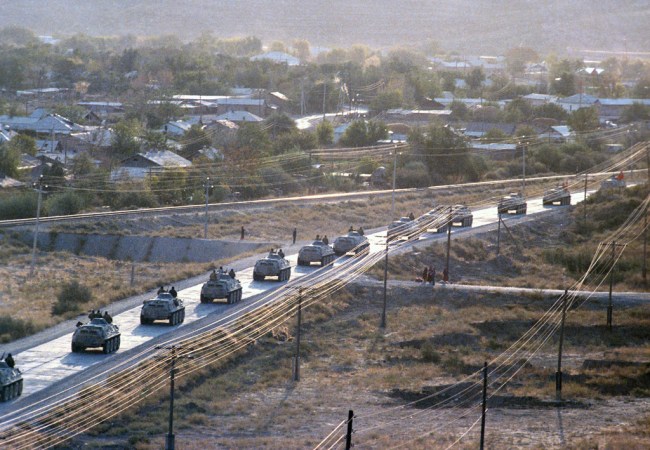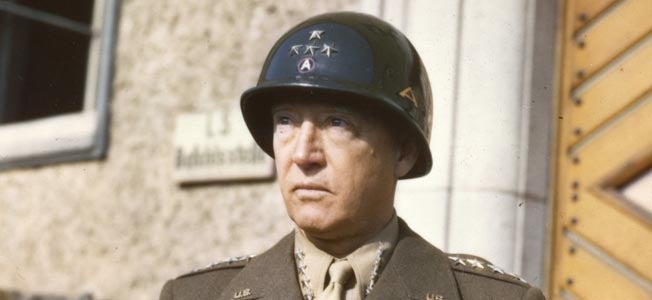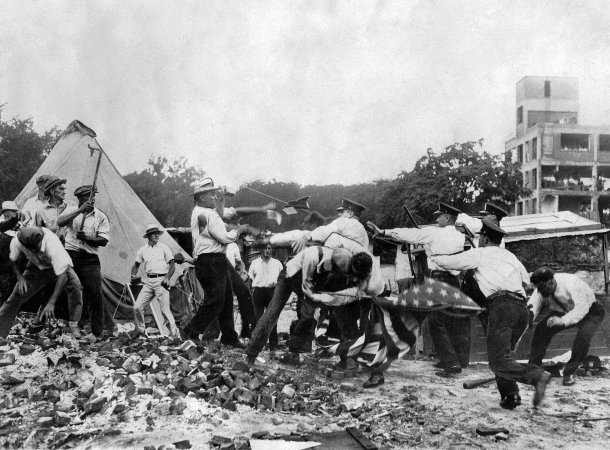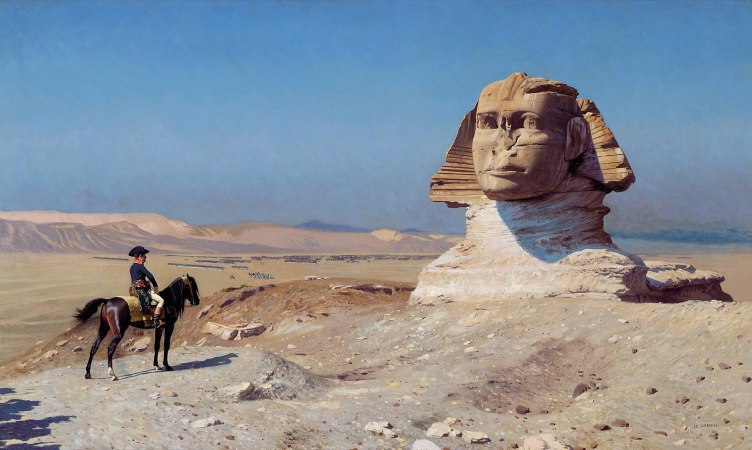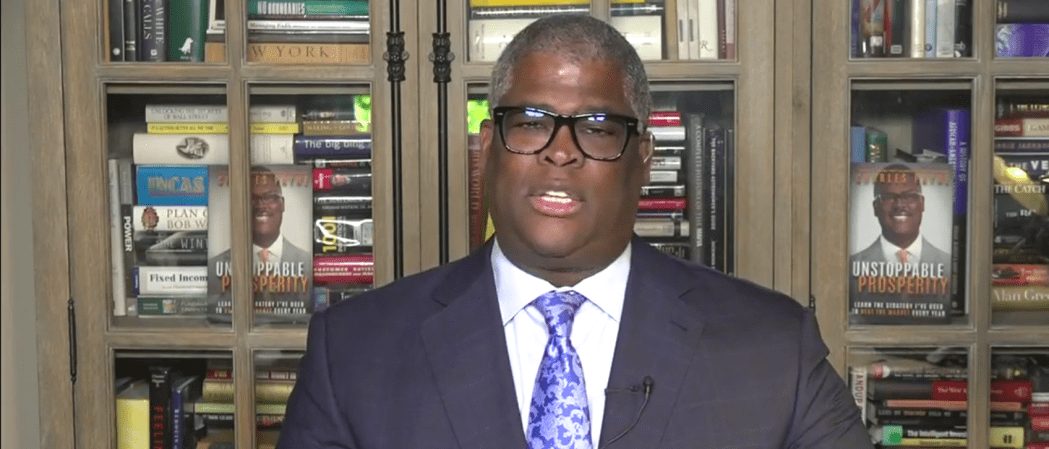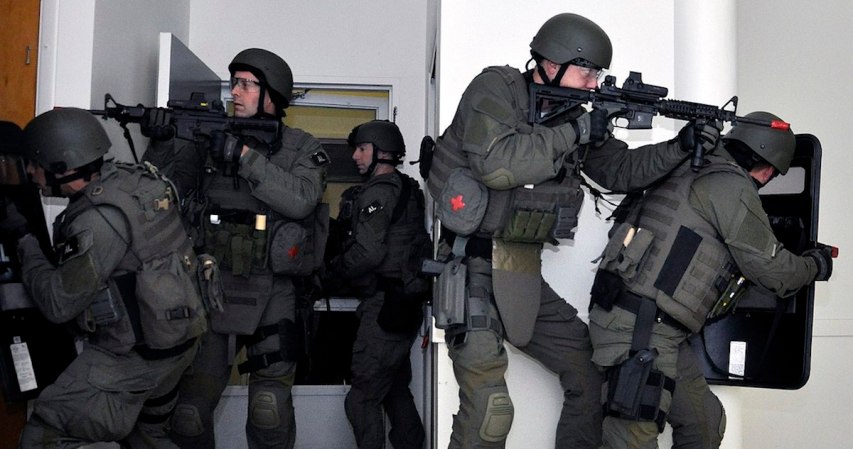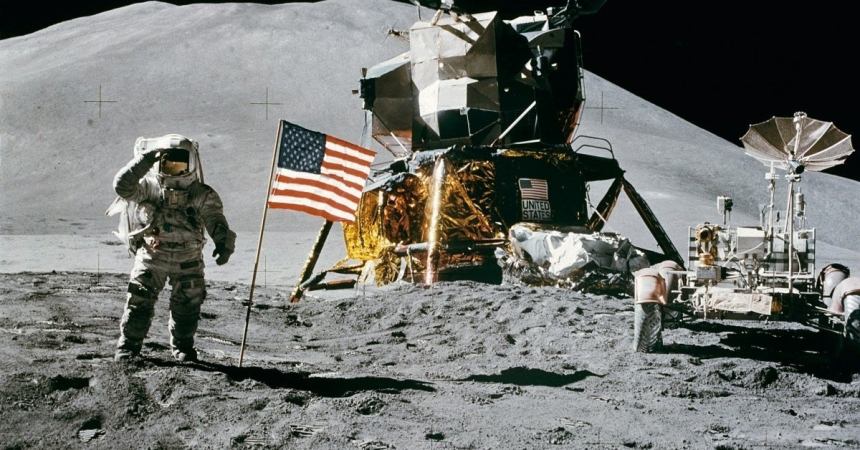Charles-Étienne Gudin’s heart has always been with France. More specifically, it’s been in France since his death fighting the Russians with Napoleon in 1812. His body, unfortunately, was mostly lost to history. Gudin was just one of 380,000 members of Napoleon’s Grande Armée who never made it back to France.
Well, mostly, anyway. His remains were recently discovered in a park in Smolensk, Russia, a find that can finally close the door on the emperor’s disastrous march to Moscow and his hasty retreat.
Gudin served the French Army faithfully for decades, first under the reign of King Louis XVI, then under the revolutionary government of France. Somehow, Gudin’s noble life didn’t end with the guillotine and he continued his service when Napoleon finally ascended to power, unifying France – and the rest of Europe against France.

He first became a general while Napoleon was First Consul of France. By the time Napoleon finally became emperor, Gudin had already fought for France in the Wars of the First and Second Coalitions. By the time he fought against the Third and Fourth Coalitions, he was one of the emperor’s most trusted leaders.
His service earned him the title of Count of the French Empire, Governor of Fontainebleau, and a division command in the Grande Armée during Napoleon’s planned invasion of the Russian Empire. Russia was not complying with Napoleon’s Continental System, a blockade of Great Britain that was forced on European powers. Anyone not complying would have to face Napoleon in battle, which was not an appetizing idea to any world leader at the time.
When he learned that much of Britain’s exports were flowing into Spain, he launched an invasion of the country, which was already in the middle of a war of independence. In 1812, realizing Russia was not complying, he decided to create the world’s largest army and bring Tsar Alexander I to his knees.
It wouldn’t be the first time France had whipped the Russian Bear. He defeated the Tsar at Friedland in a pretty evenly matched battle. At Austerlitz, the outnumbered Napoleon inflicted a humiliating defeat against both the Russian Empire and the Austrian Empire, which completely reshaped the continent, ceded Italy and parts of Germany to France and effectively ended the Holy Roman Empire.

The thought of the most effective military leader the world had ever known massing an army of nearly half a million men and heading for Russia was not a good one for Alexander but the sheer size of the Grande Armée would be its own undoing. It was not able to feed itself and depended on foraging to sustain its men. When the Russians under Marshal Mikhail Kutuzov began its scorched-earth policy and subsequent retreat, refusing battle with Napoleon, the French Army began to dwindle away.
When the emperor arrived in Moscow, he found it on fire. As the army finally turned around and headed back for France, it was a shadow of its former self. Winter set in and decimated the retreating French, who were suffering from widespread disease and couldn’t even build campfires, let alone fight.
But Gudin never even made it that far. At the August 1812 Battle of Valutino, near Smolensk, Russia, French forces engaged a small Russian defensive position on the Stragan River. Gudin led the final assault on the position. It was a success and the French won the day, but Gudin was hit by a cannonball and lost a leg in the effort. Three days later, he died of gangrene. His heart was removed from his body and returned to France.

The rest of Gudin was found in a coffin in a park near Smolensk in 2019. Almost two years to the day later, Russia returned the general’s remains. In a ceremony held near a Moscow airport, a horse-drawn cart accompanied by men in 19th-century French military uniforms accompanied the remains as it was repatriated to France.
“Gudin represents a reconciliation between France and Russia, because Gudin was a Russian enemy in 1812. He came to attack Russia. Now, when Russia honours him and gives (the remains) to France, it’s the biggest symbol of reconciliation between our two countries,” Pierre Malinowski, president of the Foundation for the Development of Russian-French Historical Initiatives told reporters at the ceremony.
Feature image: Georges-François-Marie Gabriel/ Wikimedia Commons










